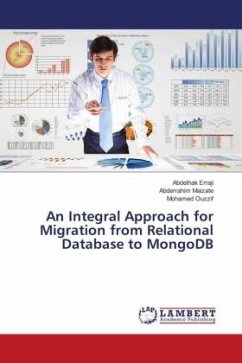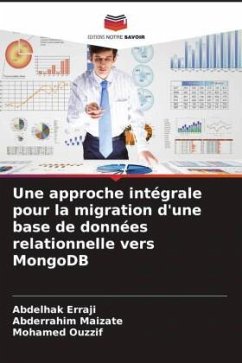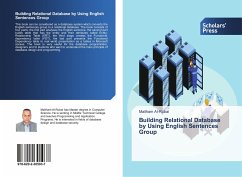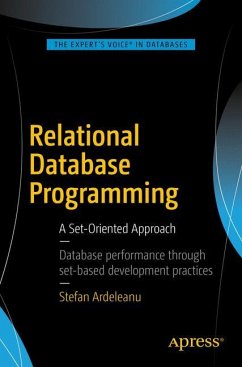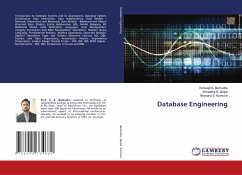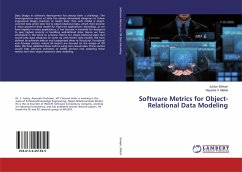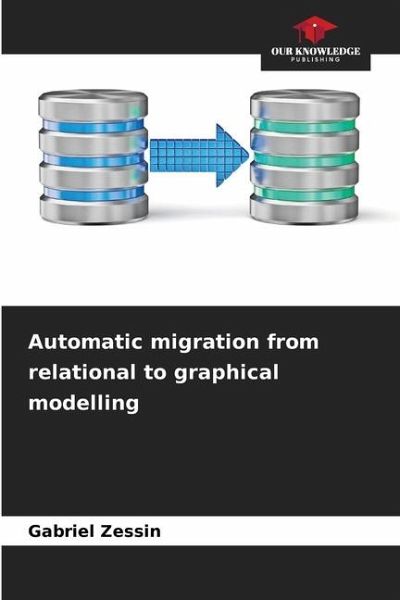
Automatic migration from relational to graphical modelling
Versandkostenfrei!
Versandfertig in 6-10 Tagen
26,99 €
inkl. MwSt.

PAYBACK Punkte
13 °P sammeln!
Non-relational databases (NoSQL) have been increasingly adopted with the emergence of applications that generate unstructured (or semi-structured) information on a very large scale. The category of graph-oriented databases has attracted the interest of organisations, mainly because of the simplicity and performance of their model. There are tools that migrate data from a relational database to a graph-oriented one, but no tool has been found that migrates the model itself. Obtaining the graph-oriented model before migrating the data is important because it allows us to better analyse the migra...
Non-relational databases (NoSQL) have been increasingly adopted with the emergence of applications that generate unstructured (or semi-structured) information on a very large scale. The category of graph-oriented databases has attracted the interest of organisations, mainly because of the simplicity and performance of their model. There are tools that migrate data from a relational database to a graph-oriented one, but no tool has been found that migrates the model itself. Obtaining the graph-oriented model before migrating the data is important because it allows us to better analyse the migrated model, helping us decide whether or not to migrate and answering the question: is it possible to migrate a relational model to a graph-oriented one? This work contextualises the existence of graph-oriented databases, highlights their importance and presents a brief comparison of the relational model with the graph-oriented model. In addition, an application has been created with the aim of automatically generating a graph-orientated model from the data model of an existing relational database.



